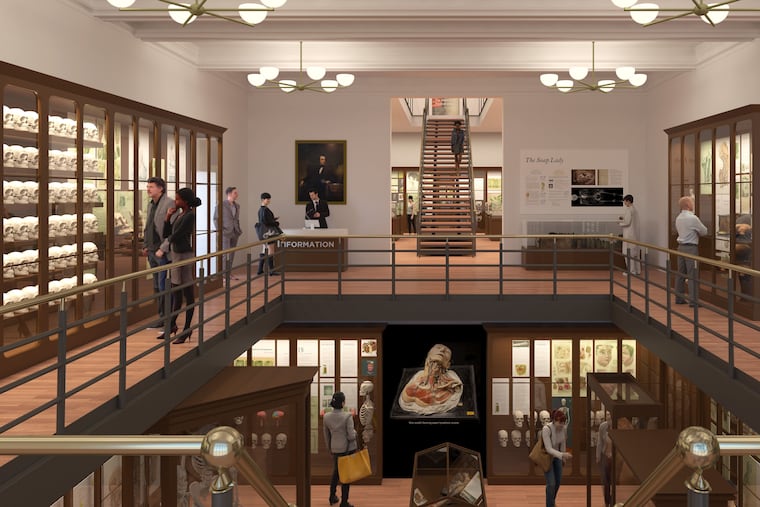Mutter Museum launching $25 million expansion drive
The expanded museum, which is still years off, will double the gallery size, free up space to exhibit items now in storage, and endow staff positions and programs.

The expanded museum, which is still years off, will double the gallery size, free up space to exhibit items now in storage, and endow staff positions and programs.
